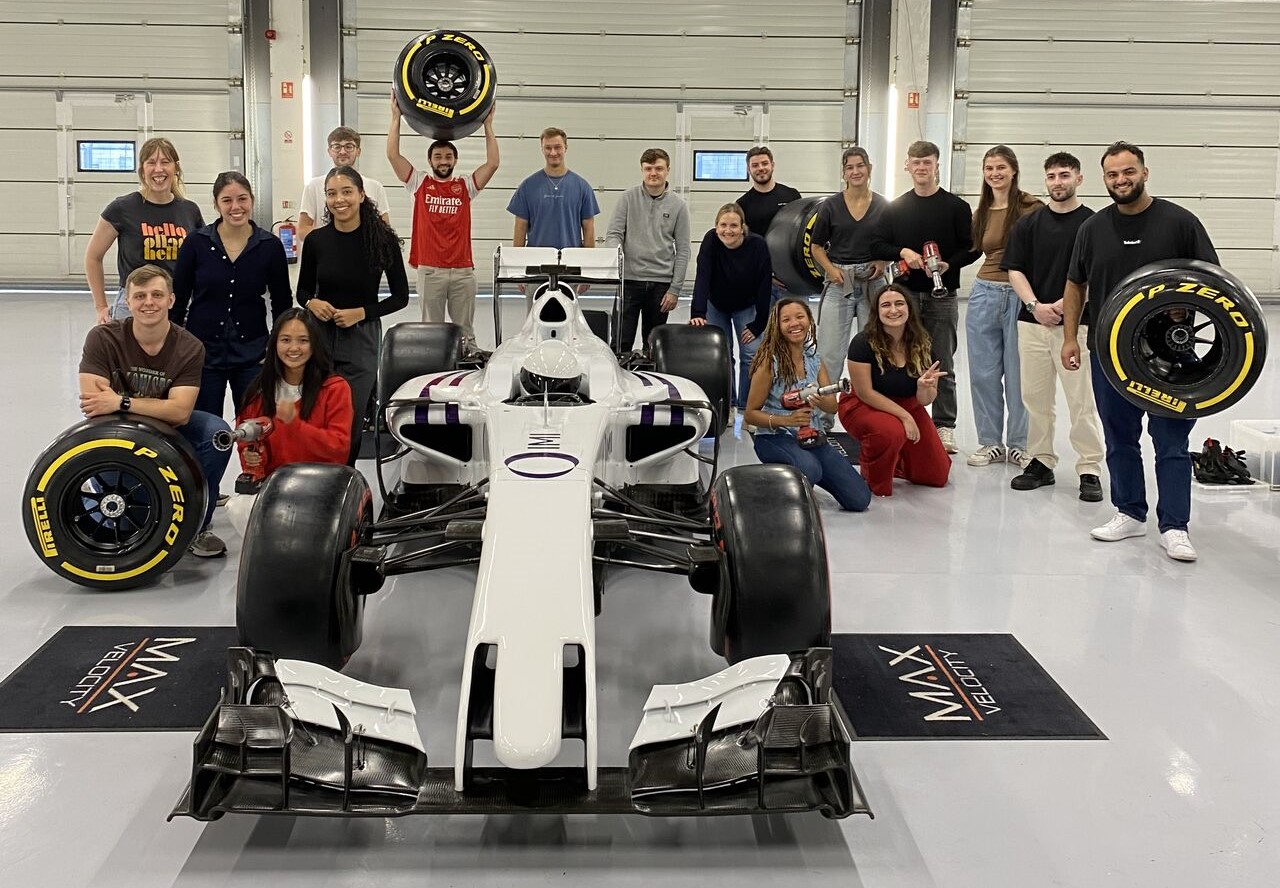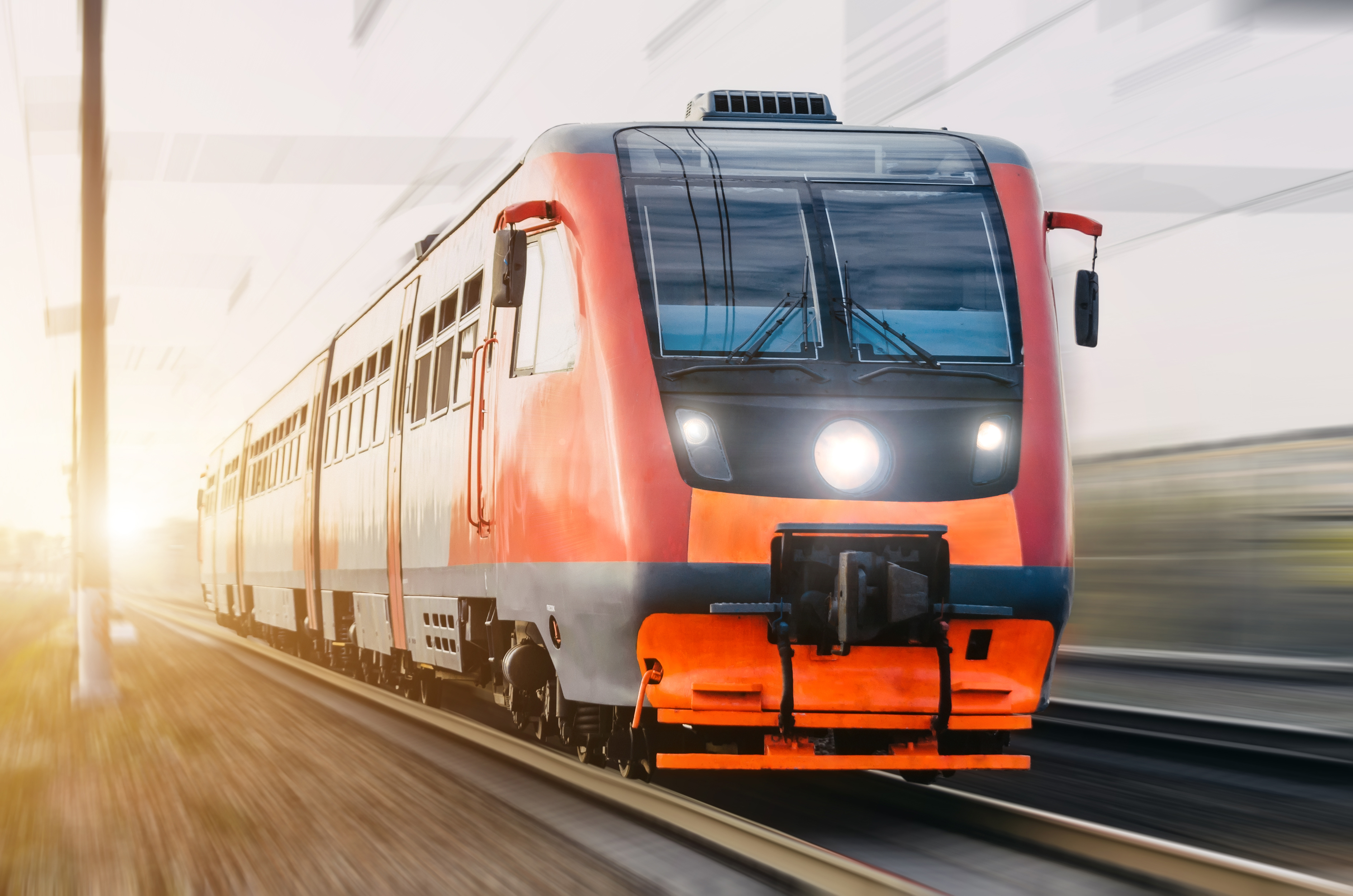Creating value in Industrial Automation

Ever since the birth of the assembly line at the beginning of the 20th century, automation has gone hand-in-hand with commercial success, to the point that the businesses that didn’t automate soon struggled. We’ve worked in partnership with customers for many years, optimising their automated processes so they stay competitive. They come from a range of industries around the world, from food and beverage to automative, material handling to warehouse automation and packaging. Our high-performance valves and actuators keep their production lines and warehouse operations moving, increasing productivity, improving efficiency and reducing the occupational hazards associated with heavy equipment or dangerous environments.
Machines that make their own decisions
We service customers in sectors experiencing radical change and a desire to do things more sustainably so there’s great openness to new technology and solutions. It’s a tremendous opportunity for growth in an area that our employees and our customers care deeply about. Some of our products are already part of a digital ecosystem that can create whole new levels of visibility from data. This allows for more efficient decision-making in real time to reduce energy consumption and optimise the use of other resources. We’ll see even higher value with the power of machine learning, so that automated systems will know exactly what needs to happen and when. The long-term vision is production shop floors are automated with our technology, so that people can spend time and energy on the tasks that machines cannot perform.
Freeing up humans to do things that a machine can’t
In the wake of COVID-19, our customers are finding that there aren’t enough people who want to do the repetitive and sometimes dangerous work, so they’re accelerating automation out of necessity. With the contraction in the labour market, it makes sense to deploy their skilled people for the highest value work, avoiding manual work like component testing and warehousing. Robots are already becoming adept at even the smallest tasks, particularly when they have the latest vision recognition technology. Advances in spacial awareness software mean robots are even now operating on shop floors, safely moving machinery across uneven floors and around busy colleagues. All this creates opportunities for us to deploy our products and engineering expertise to help our customers automate more and more of the most repetitive tasks and operations.



